Hey all! Real Farmer Jeff here.
This year in my garden, I decided to grow several varieties of eggplant I had never tried before. Many of them were chosen with my wife Kyrié in mind – she’s half Japanese and loves cooking with eggplants that work well in Asian dishes, like Japanese and Chinese varieties.
As I grew these unique plants and saw how different they were from the common purple eggplants you typically see (at least in the U.S.), I became curious about their origins and how they’re used around the world.
In this blog post, I’ll dive into the history of eggplant, explore the many varieties out there, and highlight where each type is most commonly used globally.

What Eggplant Varieties I’m Planting This Year
This year, I’m planting 5 different varieties of eggplant. Click on each of the photos or text to be directed to where I got the seeds from!

Eggplant Origin
Eggplant, known in some parts of the world as aubergine or brinjal, is a versatile fruit (yep, a fruit!) used in countless cuisines. Though it’s often associated with Italian or Mediterranean cooking, its story starts much farther east.
Eggplant was first domesticated in India and Southeast Asia, with early references appearing in Sanskrit texts as far back as 300 BCE. It spread to China by the 5th or 6th century CE, where it was widely cultivated and recorded in agricultural manuals.
From Asia, it moved west through Arab traders, reaching the Middle East and North Africa during the Islamic Golden Age.
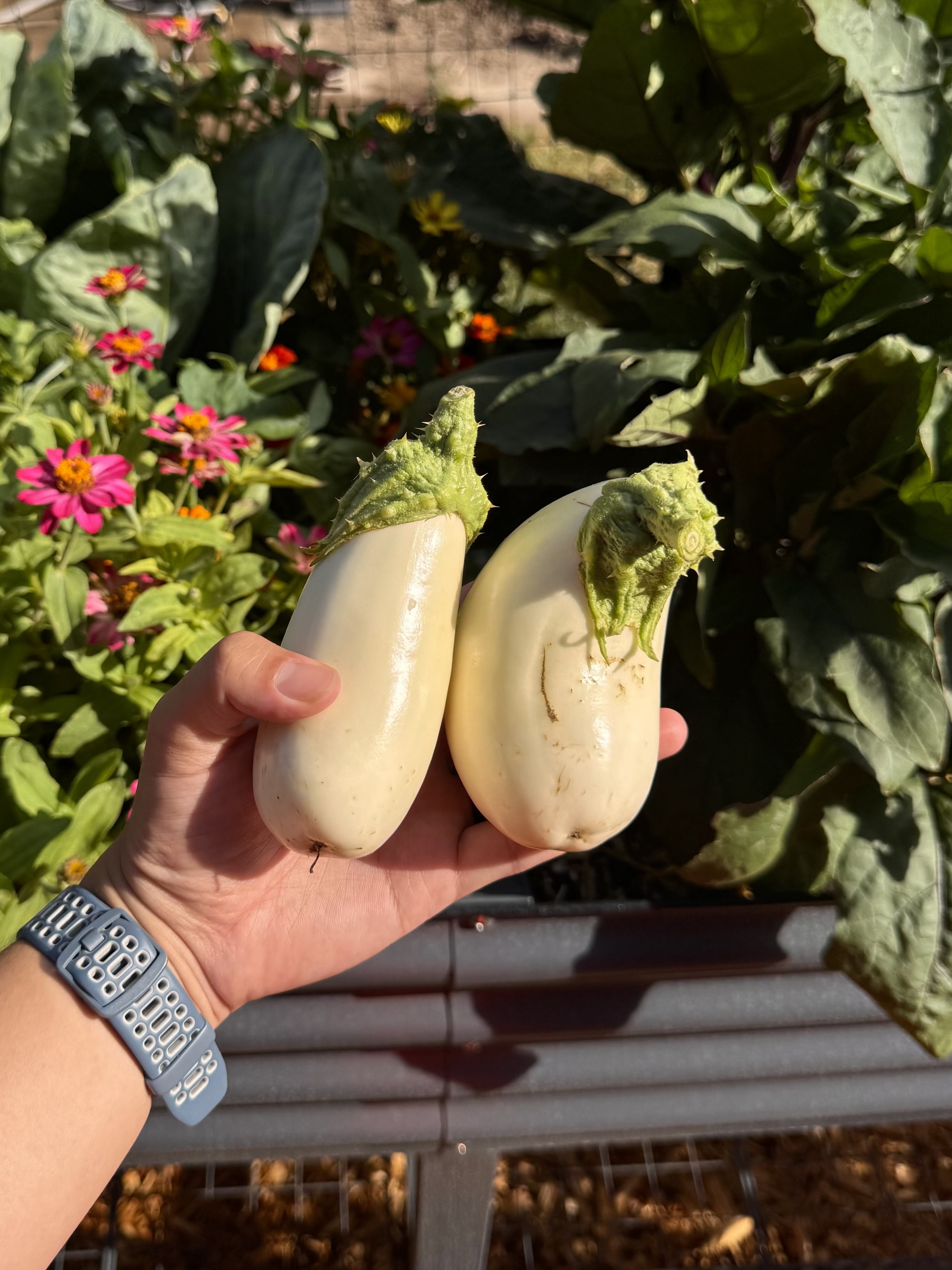

It looks like an actual egg!
Why Is It Called Eggplant?
Europeans eventually brought eggplant to the Americas in the 1700s. In 18th-century Europe, the most common varieties were small, white, and oval, resembling goose eggs. These became popular in North America, where the name eggplant stuck, even as larger purple types became dominant.
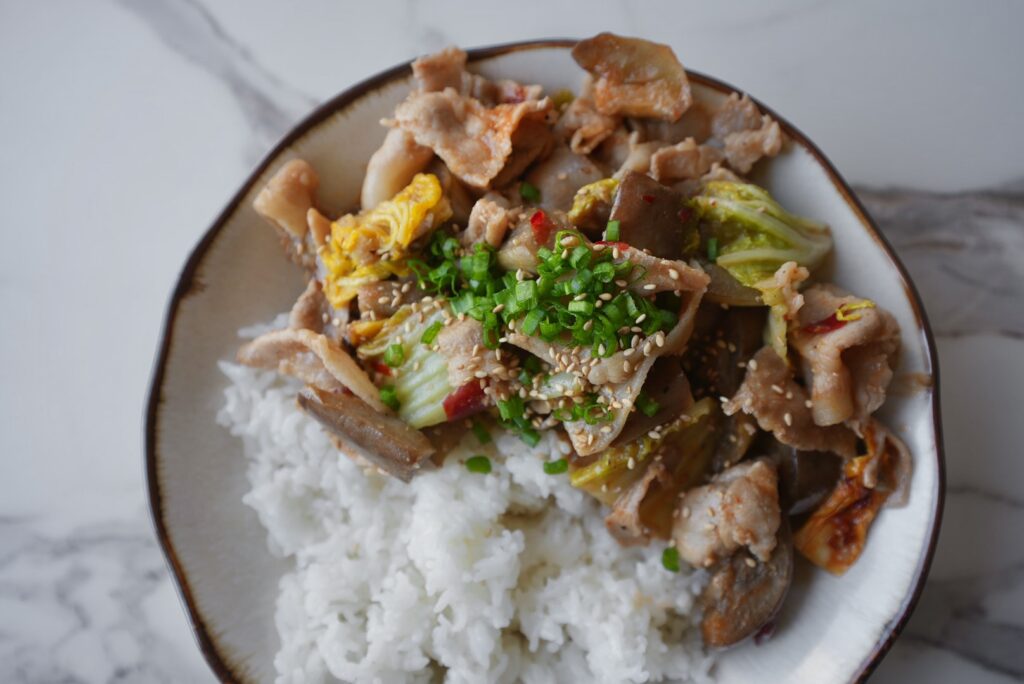
This dish has pork belly, cabbage, and eggplant cooked in a miso base with a kick thanks to Chinese chili bean paste. It may be a little harder to tell the white eggplant apart from the pork belly because it takes on a similar color when cooked.
How Different Cultures Use Eggplant
Eggplant plays a major role in global cuisines, especially in:
- Japan: Grilled, simmered, pickled, or stir-fried in savory sauces.
- India: Featured in baingan bharta and stuffed brinjal dishes.
- China: Often stir-fried with garlic and soy sauce.
- Thailand: Small green eggplants are essential to curry.
- Middle East: Found in baba ghanoush and stews like imam bayildi.
- Italy and Greece: Baked into melanzane alla parmigiana and moussaka.
In contrast, eggplant is less common in the U.S., where it’s often seen as a specialty ingredient.
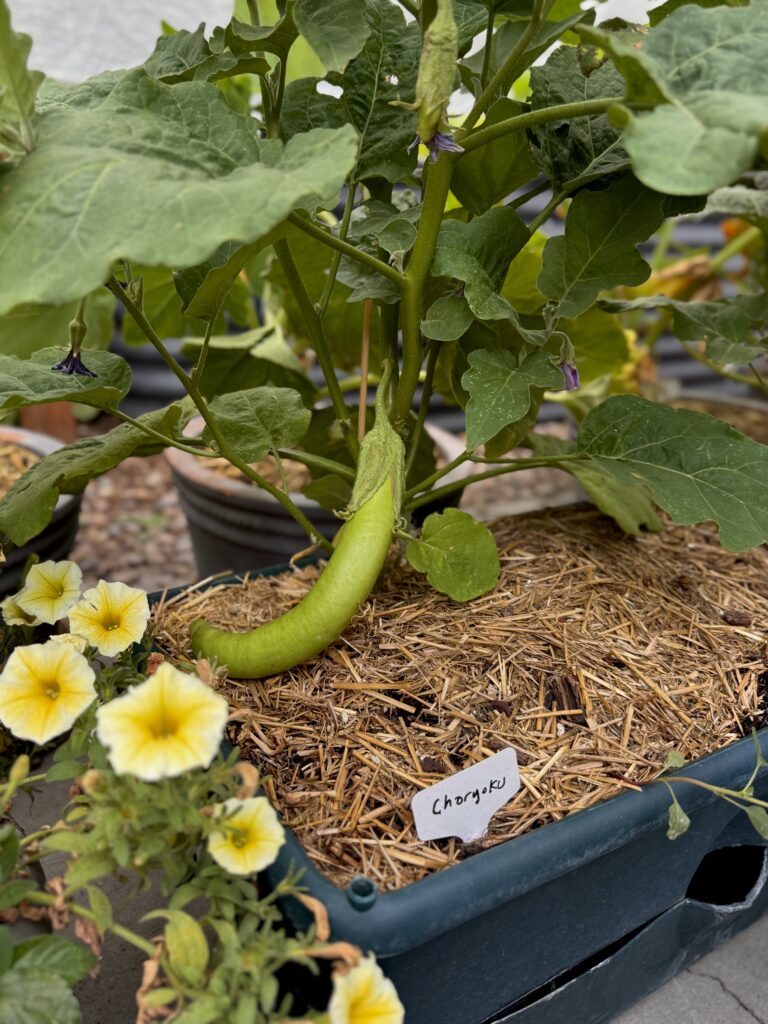
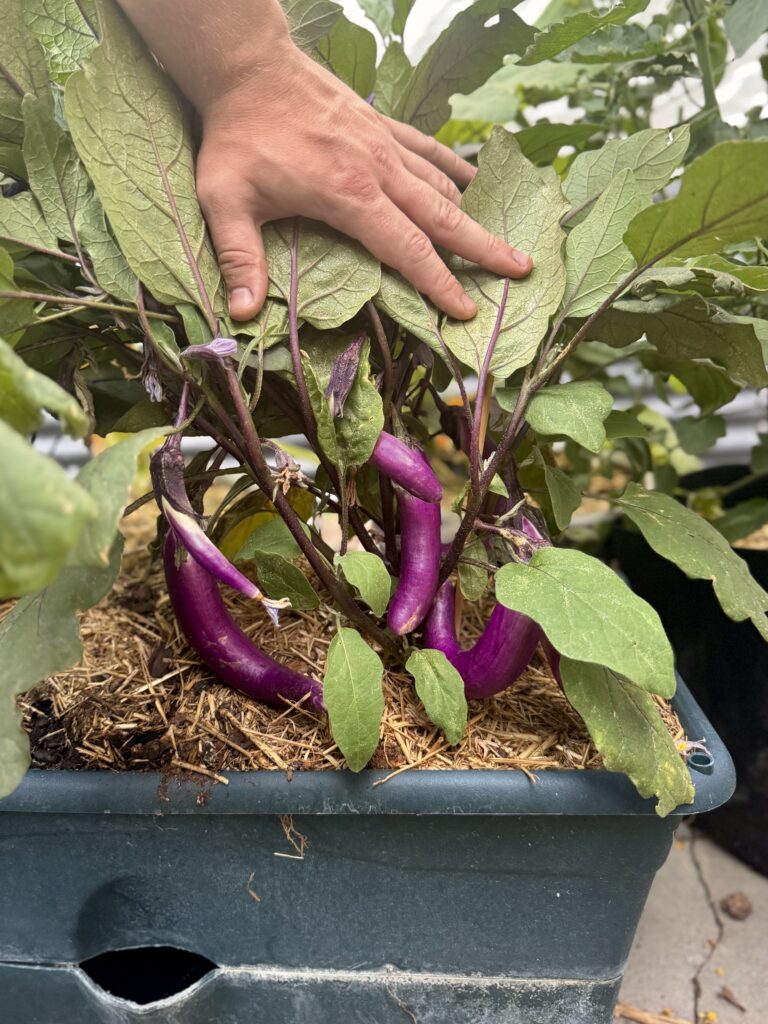
Eggplant Varieties: Names, Color, Shapes, and Flavors
Eggplant varieties differ widely in flavor and texture, affecting how they cook and taste.
- Colors: Deep purple, white, green, striped, lavender, and yellow
- Shapes: Bulbous, long and slender, round, pear-shaped
- Sizes: From tiny Thai eggplants to large globe varieties
Popular Varieties and Their Regions:
| Variety | Origin | Typical Use |
| Globe (American) | United States | Grilled, baked, or in Eggplant Parmesan |
| Italian | Italy | Melanzane alla Parmigiana |
| Chinese | China | Stir-fried with garlic and soy |
| Japanese | Japan | Grilled with miso glaze |
| Thai Green | Thailand | Used in green curry |
| Brinjal | India | Baingan bharta, stuffed brinjal |
| Black Beauty | Turkey | Imam bayildi and other stuffed dishes |
| Rosa Bianca | Italy | Creamy when sautéed or grilled |
| Ping Tung Long | Taiwan | Quick stir-fries, sweet and tender |
| White Eggplant | Europe | Roasted or grilled, creamy and mild |
| Fairy Tale | United States | Grilled or pan-fried, very sweet and tender |
Eggplant has traveled across continents and centuries, evolving into a diverse vegetable loved worldwide for its shape, color, and flavor variety.
Despite its versatility and rich culinary history, it remains underrated and often overlooked, especially in Western kitchens. With so many varieties offering unique textures and tastes, eggplant is a hidden gem ready to elevate dishes from hearty casseroles to vibrant stir-fries.
Thanks for reading along, guys! If you enjoyed this blog post, check out my other gardening blog posts:
- How to Start a Garden on a Budget for Under $100
- Essential and Nice-to-Have Garden Products for Your Perfect Setup
- My Garden Setup: 3 Best Garden Containers for Every Gardener
- Understanding Garden Light and Shade: A Simple Guide
- How to Build a Homemade Trellis Using Cattle Panel
Follow me on social media for daily content and instructional videos about gardening!



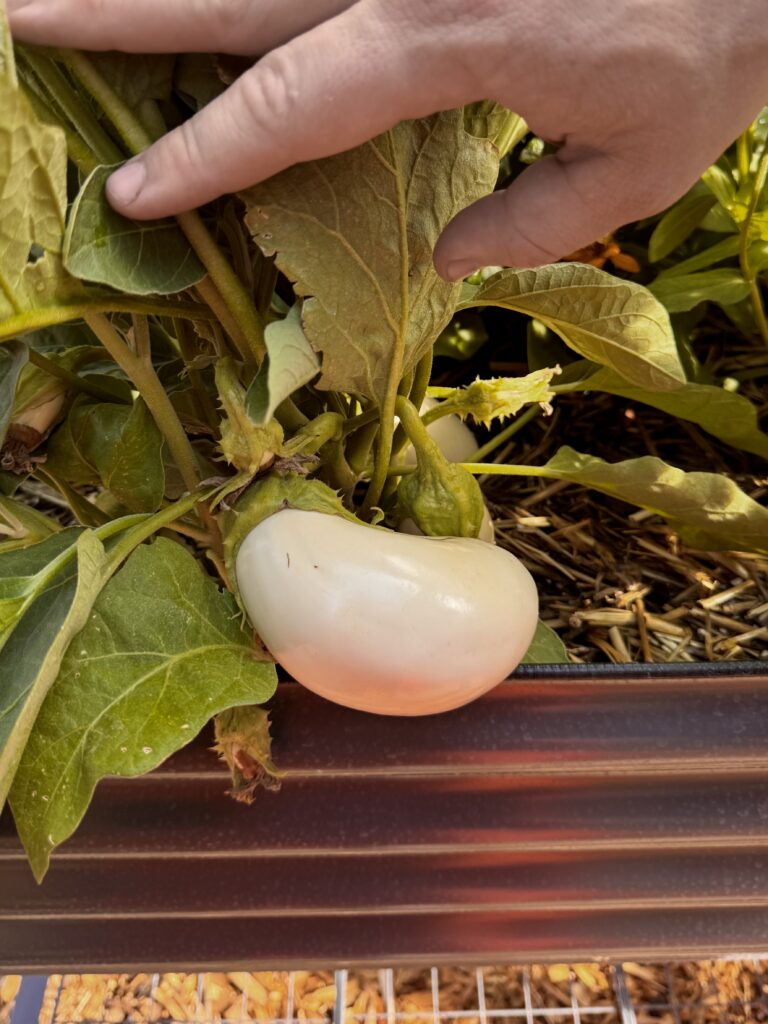
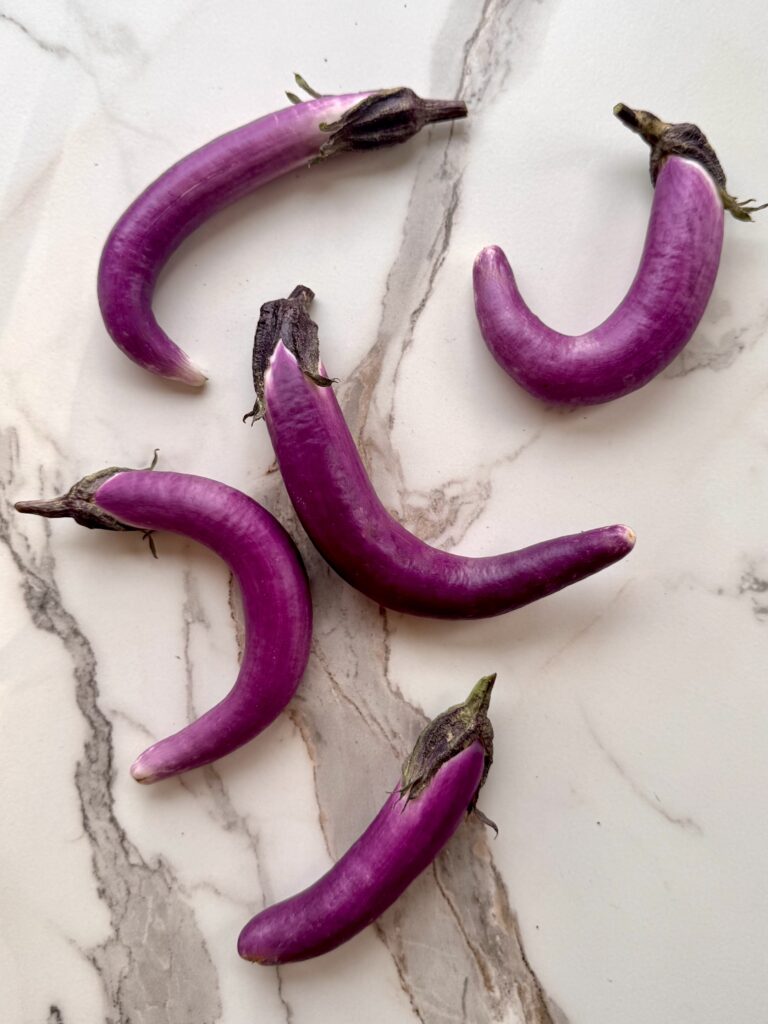




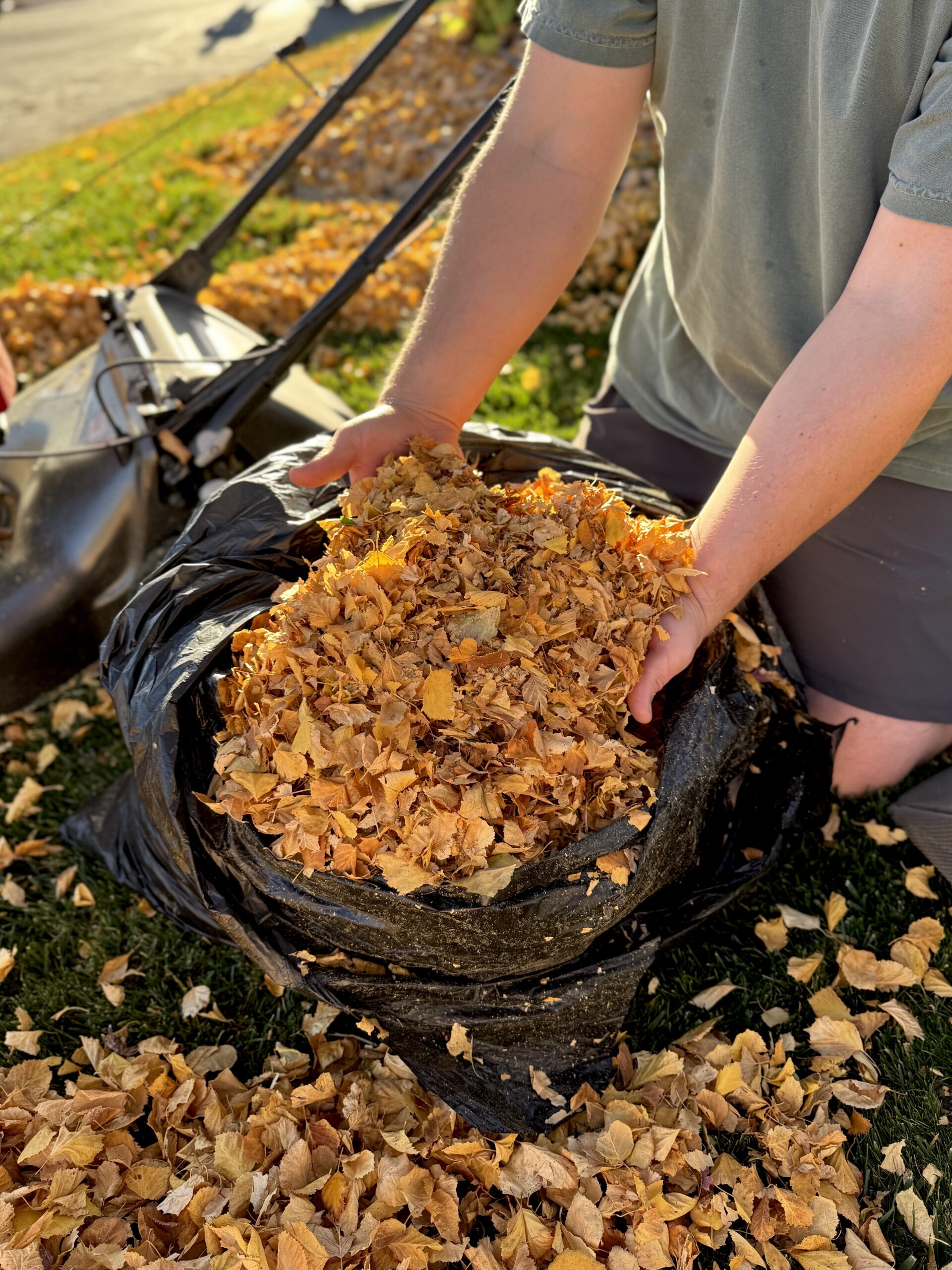
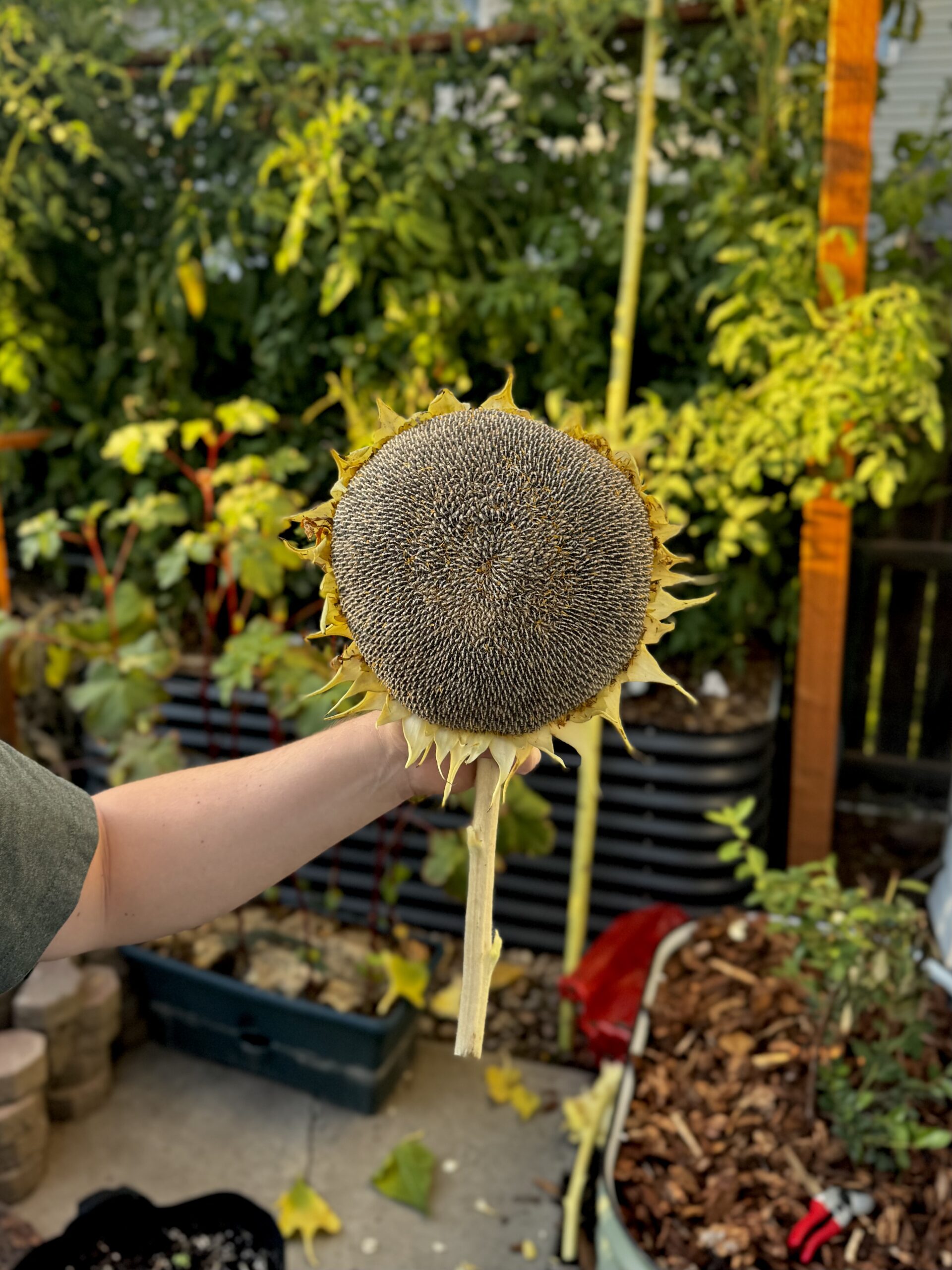

0 Comments